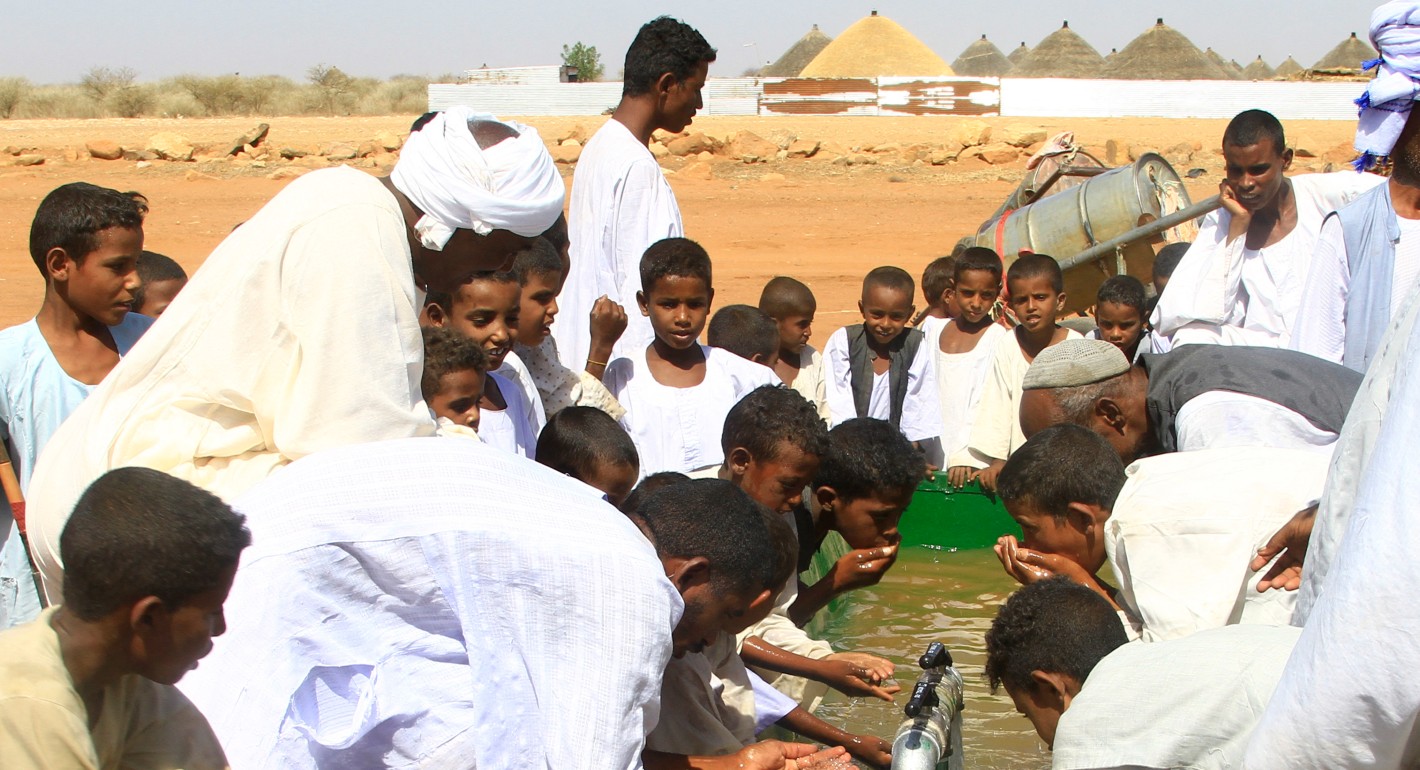Rural Sudan had barely recovered from the drought and desertification crisis of 1985, which caused massive famine in western Sudan and forced thousands to relocate to urban centers, when another shock hit in 2023.This fragile recovery was further disrupted by the onset of civil war in Darfur and South Kordofan, leading to further displacement as people fled the ensuing insecurity.
The rural countryside is home to 64 percent of Sudanese who work in agriculture and pastoralism, which absorbs 80 percent of Sudan's workforce and contributes 32.7 percent of the GDP. The area has battled climate change long before mass migration from urban areas began to exacerbate existing vulnerabilities. It now also faces the burden of ongoing conflict between the army, the Rapid Support Forces (RSF), and their allied groups.
According to a study by the United Nations Development Program and the International Food Policy Research Institute, farming activities in rural households have been severely reduced. In Sennar and western Kordofan states, nearly 60 percent of cultivating activities have ceased, while in Khartoum state, the loss reaches 68 percent. As a result, 59 percent of rural households face moderate or severe food insecurity.
The study highlights that the conflict has led to severe disruptions in employment and livelihoods, resulting in widespread economic instability. Approximately 37 percent of rural households have experienced a shift in income-generating activities, and 15 percent have suffered substantial income losses. This has led to extensive exposure to shocks—particularly illness shocks—that have forced many households to direct their scarce financial resources to medical treatment and left them vulnerable to hunger.
Seventy-three percent of rural households live in inadequate housing, which is either at risk of collapse or fire in the coming months. Additionally, 32 percent have no access to electricity and 30 percent lack household water access, forcing many people to use pits dug in dirt floors as lavatories. The accelerated collapse of the local currency coupled with a decline in purchasing power has exacerbated the suffering of rural residents, especially that many were unable to farm in the summer and winter seasons due to the spread of the conflict to their areas.
According to the United Nations Agriculture and Food Organization (FAO), Sudan's production for the 2023–24 season decreased by 46 percent compared to the previous year. The FAO attributed this decline mainly to the impact of the conflict on agricultural operations, which has resulted in insecurity and limited availability and high prices of agricultural inputs. Erratic rainfall distribution and prolonged droughts in southeastern Sudan have definitely played a role in aggravating the situation.
Additionally, as state revenues decreased by more than 80 percent, and the government focused on procuring weapons, reconciling the situation of the displaced, and supporting the health sector, Sudan became unable to finance the import gap between crop production (4.1 million tons) and annual consumption (estimated at 5.5 to 6 million tons). To make matters worse, despite the decline in crop production, the state's grave negligence of its citizens' needs, and the numerous obstacles to humanitarian access, the RSF continues to prevent farmers in Gezira state—home to the largest irrigated agricultural project in the country—from harvesting their crops. Instead, they loot the produce and the machinery of the project.
The RSF’s destructive activities, coupled with the death of livestock due to air raids, have led to the displacement of more families, rendering them unable to meet their basic needs. This dire and hopeless situation has pushed many, including children, to join armed groups or engage in armed looting, which is expanding to new areas such as Gezira state, adjacent to the capital, Khartoum.
The FAO noted that the conflict has limited herd movements and restricted access to grazing resources. As the conflict has evolved into a kind of tribal conflict after involving multiple sides, it is expected to hinder the movement of pastoralists in Darfur, Kordofan, and Gezira to natural pastures with the onset of rains in June 2024. This could bring them into contact with farmers, and this friction threatens to escalate into violent conflict. Also, the interruption of herd movements and the disruption of immunization cause disease outbreaks, inevitably resulting in herd deaths.
In summary, the effects of the conflict on the countryside, home to a majority of Sudanese, are deadly, leaving millions of people vulnerable to starvation and creating an environment conducive to the growing influence of armed groups and increased looting at gunpoint.



.jpg)


